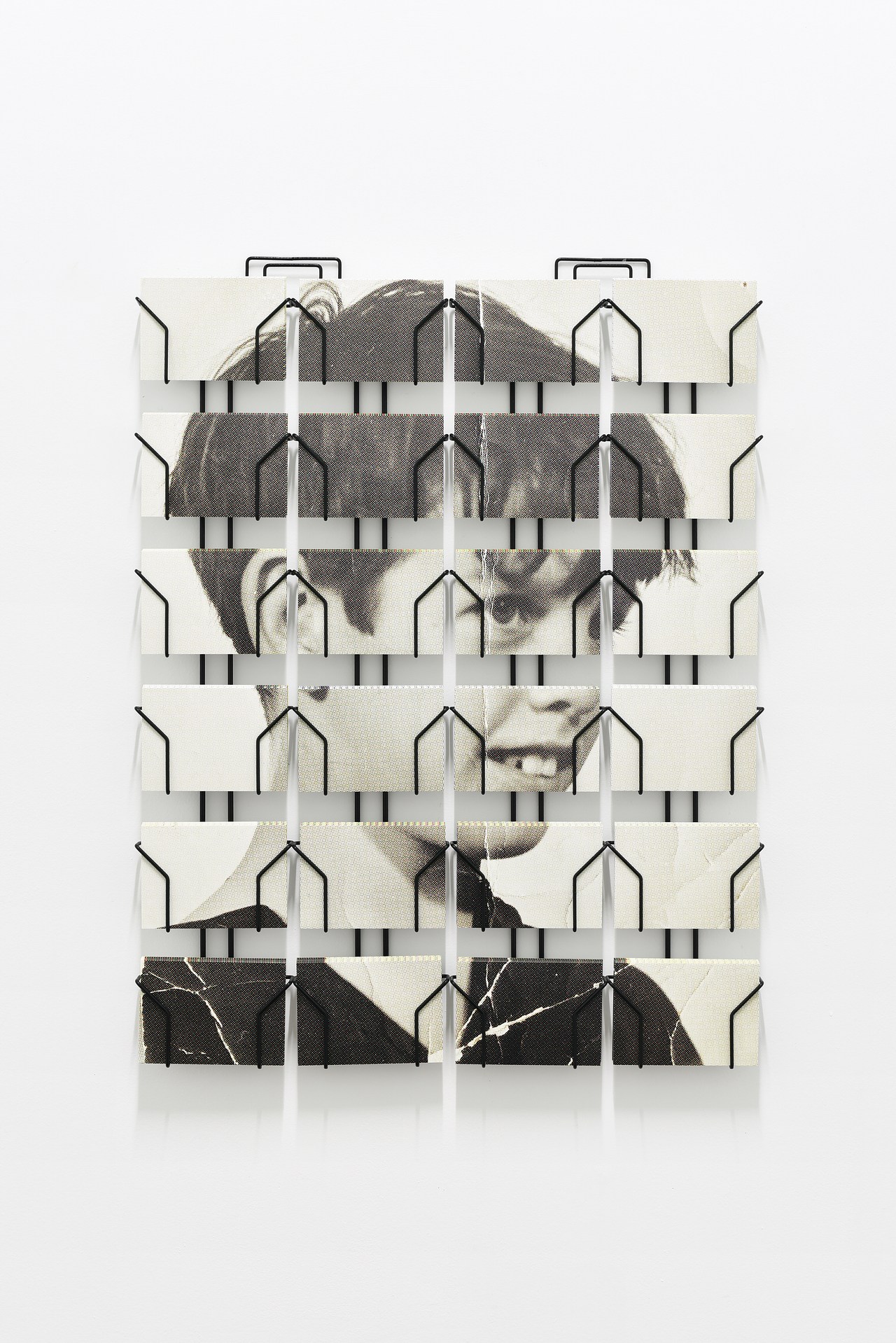Happy Birthday
2011 - Sculpture (Sculpture)
Jonathan Monk
Jonathan Monk re-fashions and re-examines seminal works of Conceptual and Minimal art through witty, ingenious, and irreverent means. Through wall paintings, monochromes, ephemeral sculpture, and photography, Monk reflects on the tendency of contemporary art to canabilize references, while paying homage to figures such as Sol LeWitt, Ed Ruscha, Bruce Nauman and Lawrence Weiner. Monk’s art practice does not follow any specific style; it doesn’t contain any common characteristic to identify his work at first glance. The amount and variety of his works poses questions about what supports them. Demystifying the creative process, Monk often employs appropriation, humor, irony, and anecdote in his work. To enter an exhibition of works by Jonathan Monk is like taking part in a treasure hunt, made up of digressions and space-time manipulations.
Colors:
Related works featuring themes of: » Appropriation Art, » Art in Art, » Contemporary Conceptualism, » Contemporary Pop, » British

© » KADIST
Mark Leckey
2004In Made In Heaven , we are face to face with a sculptural apparition, a divine visitation in the artist’s studio...

© » KADIST
Hamra Abbas
2010At first glance, Cityscapes (2010) seems to be a collection of panoramic photographs of the city of Istanbul—the kind that are found on postcards in souvenir shops...

© » KADIST
Ryan Gander
2012Epiphany…learnt through hardship is composed of a bronze sculpture depicting the model of the little dancer of Degas, in the pose of a female nude photographed by Edward Weston (Nude, 1936) accompanied by a blue cube...

© » KADIST
Juan Capistran
2012The 10 $1 bills that make up From a Whisper to a Scream (2012) read like instructions in origami...

© » KADIST
Matt Lipps
2011Untitled (Women) (2011) presents a startlingly succinct history of violently romanticized femininity...

© » KADIST
Douglas Gordon
2004Douglas Gordon’s single-channel video The Left Hand Can’t See That The Right Hand is Blind, captures an unfolding scene between two hands in leather gloves—at first seemingly comfortable to be entwined, and later, engaged in a struggle...

© » KADIST
Juan Capistran
2002The Breaks reflects Capistran’s interests in sampling and fusing different cultural, social, and historical sources...

© » KADIST
Charles Avery
2012Since 2005, Charles Avery has devoted his practice to the perpetual description of a fictional island...

© » KADIST
Martin Boyce
2003In the installation Our Love is like the Flowers, the Rain, the Sea and the Hours, Martin Boyce uses common elements from public gardens – trees, benches, trashbins– in a game which describes at once a social space and an abstract dream space...

© » KADIST
Douglas Gordon
1996In Monster (1996-97), the artist’s face becomes grotesque through the application of strips of transparent adhesive tape, typical of Gordon’s performance-based films that often depict his own body in action...

© » KADIST
Rosalind Nashashibi
2019Rosalind Nashashibi’s paintings incorporate motifs drawn from her day-to-day environment, often reworked with multiple variations...

© » KADIST
Ian Wallace
2000Untitled (Breathless) presents a folded newspaper article on Jean-Luc Godard’s À Bout de Souffle (Breathless)...








